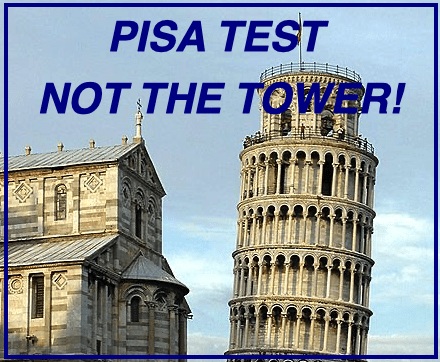
Pisa Test Practice & Ranking List Page
The PISA test contains questions at seven different ranking levels. The PISA is an international exam which is usually given to students around 15 years of age to test their education and literacy levels, as well as their “real-life” skills in selected areas.
For international PISA ranking and results by country, please click on the links below:
Science Subject Area PISA Exam Rankings
PISA Ranking by Country for Reading Skills
Please note that we are not the official website and are not affiliated with OECD.
PISA Test Practice Questions – Science
Since many students struggle with science on the PISA Test, we are providing science practice passages below. You will find the comprehension questions below each passage.
Science Passage 1 – Cells and Their Structure

Single-celled organisms are called “prokaryotic” cells, which means before or without a nucleus. Bacterial cells are simple organisms that are made up of a cell wall and a substance inside called cytoplasm.
On the other hand, animal and plant cells, called eukaryotic cells, contain a nucleus. Both plant and animal cells have a plasma membrane on the outside, with cytoplasm and the nucleus on the inside. In addition, plant cell contain chloroplasts and a space called a vacuole, which causes the nucleus of a plant cell to be off-center.
The plasma membrane is a barrier between the cell and its environment and controls the movement of substances in and out of the cell. The cytoplasm carries out the essential operational functions of the cell, such as protein synthesis, mitosis, and meiosis.
Question 1
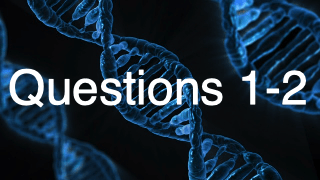
What is the distinguishing characteristic of eukaryotic cells?
A. They cause the nucleus to be off-center.
B. The form an exterior barrier for the cell.
C. They contain a cell nucleus.
D. They enclose the chloroplasts.
Question 2
How are plant and animal cells different than bacterial cells?
A. They are able to carry out protein synthesis, mitosis, and meiosis.
B. Their nuclei are not in the center of the cell.
C. Plant and animal cells have nuclei, but bacterial cells do not.
D. Their plasma membranes are able to perform important functions.
Science Passage 2 – Meiosis
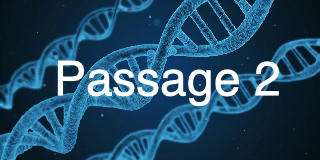
The complete process of the meiotic division of a cell can take several days or even weeks. In meiosis, the cell nucleus divides twice, which creates four cells of one individual chromosome each. Chromosomes exists in pairs, but they are separated from their other half during meiosis. So the new cells, called daughter cells, receive only one chromosome. This means that once the process of meiosis is complete, each cell contains half of the number of chromosomes of the original cell.
Sex cells, which are called gametes, are formed through the process of meiosis. However, a gamete is unable to develop any further unless it is combined with another cell, such as is the case with eggs and sperm. During human fertilization, the nuclei of these gametes combine. In this way, meiosis insures that the correct amount of chromosomes are maintained during the fertilization process.
Meiosis occurs in two divisions which take place one after another. First, the parent cell splits in two and the chromosomes line up together. Then the chromosomes separate and go to different cells. In the second phase, the results from the first split divide in half again. So, after the second meiotic division, there are a total of four daughter cells, each of which is genetically different to the others. This process explains the way in which meiotic division creates diversity in human DNA, resulting in genetic variation.
Question 3
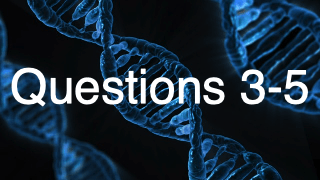
What is the most significant outcome of meiosis?
A. chromosome pairs are divided
B. daughter cells receive one chromosome
C. four individual-chromosome cells are created
D. only half of the chromosomes exists after the process
Question 4
Which statement below best describes the characteristics of a gamate?
A. it must be combined with another cell to develop
B. it is the same thing as a human embryo
C. it is another name for a cell
D. it is a phase of human reproduction
Question 5
How does meiotic division encourage a widespread variety of the DNA in genes?
A. It is a result of the way in which the chromosomes line up.
B. Genetically-distinct chromosomes are created before the first division.
C. It creates four new parent cells through meiotic division.
D. Two cell divisions result in four new genetically-distinct cells.
Answers to the PISA Test Science Practice Questions
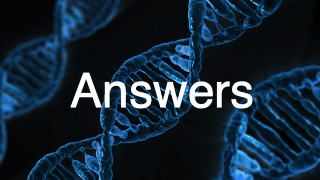
1. The correct answer is C. Eukaryotic cells contain a nucleus, while bacterial cells do not. Answers A and D are true only for plant cells, but animal cells are also eukaryotic. Answer B is an illogical statement since a cell cannot itself be a barrier for the cell.
2. The correct answer is C. Answers A and D are true of all cells. Answer B is false since this statement applies only to plant cells, but not to animal cells. The first paragraph explains that bacterial cells have only a cell wall and cytoplasm.
3. The correct answer is C. While all of the statement describe a step in the process of meiosis, the final outcome is the creation of four cells, each of which has an individual chromosome.
4. The correct answer is A. The question is asking for the characteristics of a gamate, rather than a definition relating to human reproduction.
5. The correct answer is D. The passage explains that “after the second meiotic division, there are a total of four daughter cells, each of which is genetically different to the others.”
PISA Test Questions in Math and Reading
Please click on the links below for further practice in the PISA maths and science exams, as well as literacy practice in reading in English.
What is the Purpose of the PISA Exam?
The exam assesses students’ skills in the areas of science, mathematical, and reading skills. Past exam papers have also had “real life” questions on managing money and solving problems. These sections are called financial literacy and logical problem solving.
PISA TEST Ranking and Results
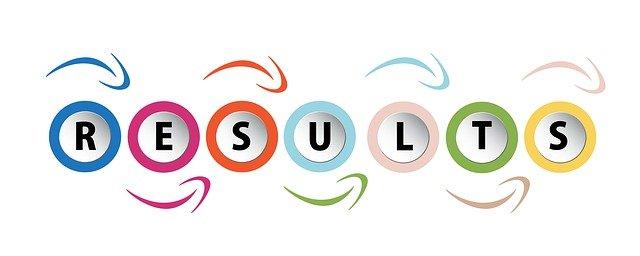
The PISA exam is administered every three years, and the OECD publishes overall rankings, as well as results for each country.
Please note that we are not the official website and are not affiliated with OECD. For the official results, click on the two links below.
Official Overall PISA Test Rankings
Official OECD Results by Country
PISA Ranking – Science Results
An international ranking table by country for science is provided below.
| Country | Mean Score |
| China | 590 |
| Singapore | 551 |
| Macao | 544 |
| Estonia | 530 |
| Japan | 529 |
| Finland | 522 |
| Korea | 519 |
| Canada | 518 |
| Hong Kong | 517 |
| Chinese Taipei | 516 |
| Poland | 511 |
| New Zealand | 508 |
| Slovenia | 507 |
| United Kingdom | 505 |
| Netherlands | 503 |
| Germany | 503 |
| Australia | 503 |
| United States | 502 |
| Sweden | 499 |
| Belgium | 499 |
| Czech Republic | 497 |
| Ireland | 496 |
| Switzerland | 495 |
| France | 493 |
| Denmark | 493 |
| Portugal | 492 |
| Norway | 490 |
| Austria | 490 |
| Latvia | 487 |
Math Ranking – Pisa Results
This section provides PISA rankings by country for the subject of math (sometimes called maths).
| Country | Mean Score |
| China | 591 |
| Singapore | 569 |
| Macao | 558 |
| Hong Kong | 551 |
| Chinese Taipei | 531 |
| Japan | 527 |
| Korea | 526 |
| Estonia | 523 |
| Netherlands | 519 |
| Poland | 516 |
| Switzerland | 515 |
| Canada | 512 |
| Denmark | 509 |
| Slovenia | 509 |
| Belgium | 508 |
| Finland | 507 |
| Sweden | 502 |
| United Kingdom | 502 |
| Norway | 501 |
| Germany | 500 |
| Ireland | 500 |
| Czech Republic | 499 |
| Austria | 499 |
| Latvia | 496 |
| France | 495 |
| Iceland | 495 |
| New Zealand | 494 |
| Portugal | 492 |
| Australia | 491 |
| Russia | 488 |
| Italy | 487 |
| Slovak Republic | 486 |
| Luxembourg | 483 |
PISA Ranking – Reading Results
The table below lists PISA literacy and education results in the subject area of reading.
| Country | Mean Score |
| China | 555 |
| Singapore | 549 |
| Macao | 525 |
| Hong Kong | 524 |
| Estonia | 523 |
| Canada | 520 |
| Finland | 520 |
| Ireland | 518 |
| Korea | 514 |
| Poland | 512 |
| Sweden | 506 |
| New Zealand | 506 |
| United States | 505 |
| United Kingdom | 504 |
| Japan | 504 |
| Australia | 503 |
| Chinese Taipei | 503 |
| Denmark | 501 |
| Norway | 499 |
| Germany | 498 |
| Slovenia | 495 |
| Belgium | 493 |
| France | 493 |
| Portugal | 492 |
| Czech Republic | 490 |
| Netherlands | 485 |
| Austria | 484 |
| Switzerland | 484 |
Please note:
The PISA Test and the Program for International Student Assessment are trademarks of OECD, which is not affiliated with and does not endorse this website.